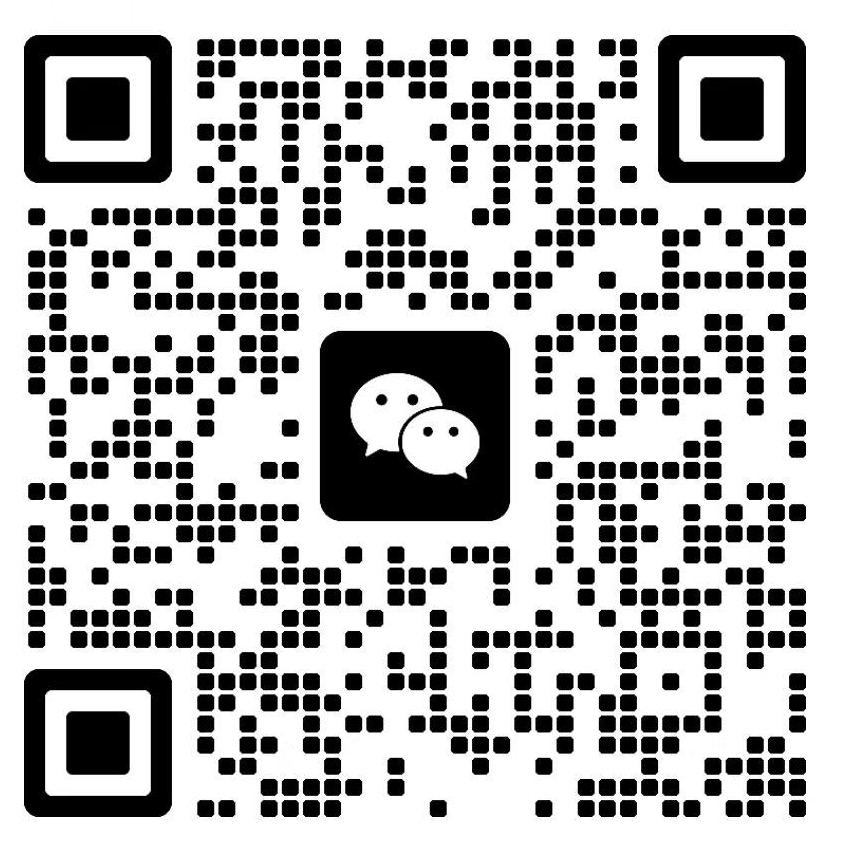Manufacturers tell you: The difference between sensors and transmitters
As a professional manufacturer of flow meters, we are well aware of the crucial role that sensors and transmitters play in industrial measurement. This article delves into the differences and connections between the two, helping users in industries such as oil, chemical, water treatment, and pharmaceuticals to make correct selections and integrations, enhancing system compatibility and measurement accuracy, and achieving efficient and stable process control.
1.Sensors and Transmitters: Core Definitions and Functional Differences
In the field of industrial measurement, sensors and transmitters are often confused, but in fact, they have distinct functions:
- Sensors are responsible for directly sensing physical quantities (such as pressure, temperature, flow, and level), and converting them into raw electrical signals (such as resistance, capacitance, millivolt signals). For example, in flow measurement, sensors detect fluid movement and generate initial signals.
- Transmitters, on the other hand, amplify, condition, and standardize the weak or non-standard signals output by sensors, converting them into industrial standard signals (such as 4-20mA, 0-10V), and transmitting them to PLCs, DCSs, or display instruments.
In simple terms: Sensors are the "perceiving organs", and transmitters are the "signal translators and amplifiers".
2.Technological Evolution: From Independent Components to Integrated Systems
In the early days, sensors and transmitters were mostly separate devices. With the development of integrated circuits and embedded technologies, modern devices often integrate the two into one, forming "intelligent transmitters" or "integrated sensors", significantly simplifying installation and improving anti-interference ability and signal stability.
As a leading manufacturer of flow meters, we widely apply such integration technologies to ensure that our products maintain high accuracy and reliability in complex working conditions.
3.Typical Applications and Industry Scenarios
Ø Flow Measurement System:
Sensors (such as electromagnetic/turbine probes) collect flow signals, while transmitters process and output standard signals, which are used by the control unit for real-time monitoring and adjustment.
Ø Pressure and level monitoring:
In the petroleum and chemical industries, pressure transmitters and level sensors work together to ensure the safe operation and maintenance of storage areas and pipelines.
Ø Pharmaceutical and Food Industries:
The requirements for hygiene and signal stability are extremely high. Integrated transmitters and high-precision sensors have become the preferred options.
4.How to Choose Sensors and Transmitters Correctly?
Ø Clarify measurement requirements:
Determine the type of measured medium, range, accuracy, and output signal mode;
Ø Consider environmental factors:
Temperature, corrosiveness, vibration, and explosion-proof requirements;
Ø Evaluate system compatibility:
Whether integration with existing PLC, SCADA or IoT platforms is necessary;
Ø Prioritize integrated solutions:
To reduce complexity and maintenance costs.
As an experienced flowmeter manufacturer, we recommend fully communicating the operating conditions during the selection process, choosing a matching sensor-transmitter combination or intelligent integrated equipment.
Understanding the differences and collaboration between sensors and transmitters is the foundation for building a reliable industrial measurement system. Correct equipment selection not only improves data accuracy but also reduces system failure rate and long-term operation costs. If you need more product details, technical selection support or industry solutions, please contact our engineering team - your trusted flowmeter manufacturer.



